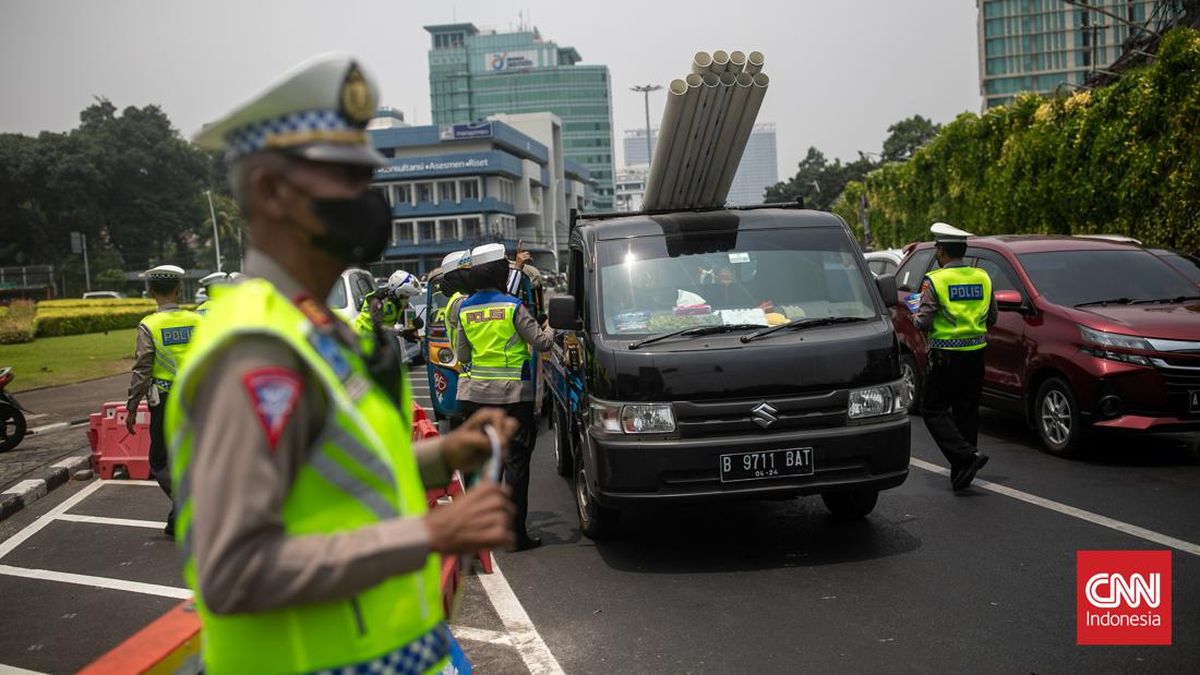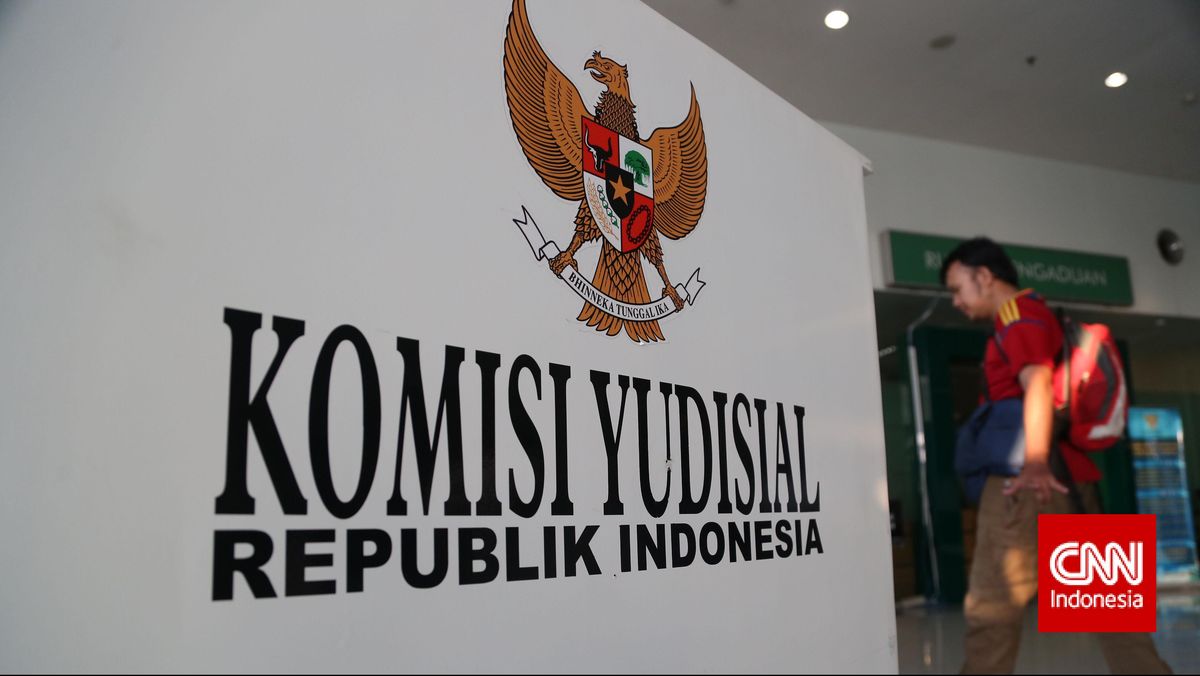Editorial
November 17, 2025 — 5.00am
November 17, 2025 — 5.00am
For the first time since federation, the three tiers of government in Australia are poised to collect more than $1 trillion in taxes, charges and fees.
At the end of the financial year, the public purse will be bursting at the seams. Certainly, the money comes back to us all, but something is wrong.
A growing number of senior politicians and policymakers believe federation itself is now a contributing cause of Australia’s stagnant growth, its housing crisis, health funding problems and falling living standards.
Today, we begin a three-day series on our federation as it approaches its 125th anniversary. Journalists Shane Wright and Millie Muroi trace how federation has become increasingly unfit for service, and in subsequent days they suggest ways to fix it and analyse how the problems were baked into the system over the years.
For Australia, federation was the way to go, and it solved railway gauges and trade barriers among the colonies and gave central government control of international trade, as well as taxation, postal services, quarantine, the currency, old-age pensions, foreign relations and defence forces.
Loading
Few would dispute that Australia has become overgoverned, overtaxed and over-administrated by a system in dire need of reform precisely because those in charge fear change and/or benefit from things staying just as they are.
Overgoverned? The nation’s state and territory parliaments sag under the weight of 599 MPs, who squeeze the 5755 local councillors of funds.
Overtaxed? Prime Minister Anthony Albanese refused to countenance tax reforms at last August’s Economic Reform Roundtable despite Productivity Commission submissions and calls from unions to curb negative gearing, the capital gains discount and the use of family trusts.
Over-administered? The NSW government, with more than 381,000 full-time equivalent positions, is our largest public sector employer. The federal public service gets by with 198,000 on its books.
Couple these people with millions of laws and regulations, which not only differ among states but also overlap with federal legislation, and the result is costly duplication and confusion. For instance, businesses that operate across Australia face up to 36 different versions of payroll tax. Our reporters’ explanation of the perplexing state and federal laws surrounding e-bike safety standards and bike helmet standards reveals a kind of national tragedy.
Then there is housing and health, where myriad laws and regulations promote loggerheads while state government debt soars to catch up and services decline.
Some think the situation is irreparable. The Institute of Public Affairs’ Daniel Wild said the states were hammered by the federal government’s immigration settings. “The single biggest issue at the moment is migration, housing and infrastructure, and how they are connected. They show just how the federation is completely broken,” he said.
Perhaps not entirely. But Wild’s comments highlight the fact that economic reform is not the only panacea for federation’s blues. Federation is a complex system derived from a number of principles, and we believe our timely series can help Australians understand the crisis and show the way to a better future.
Most Viewed in Politics
Loading


















































